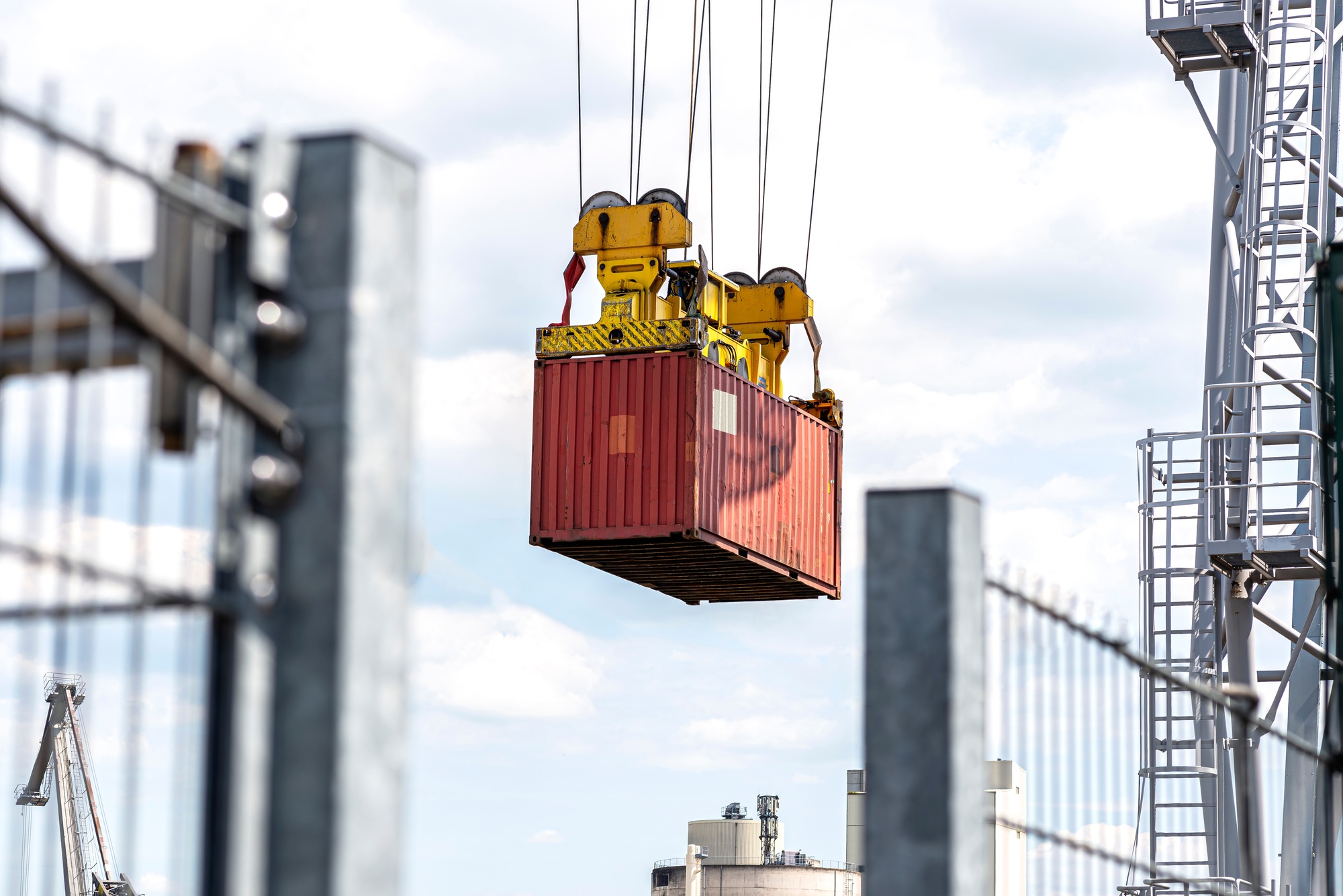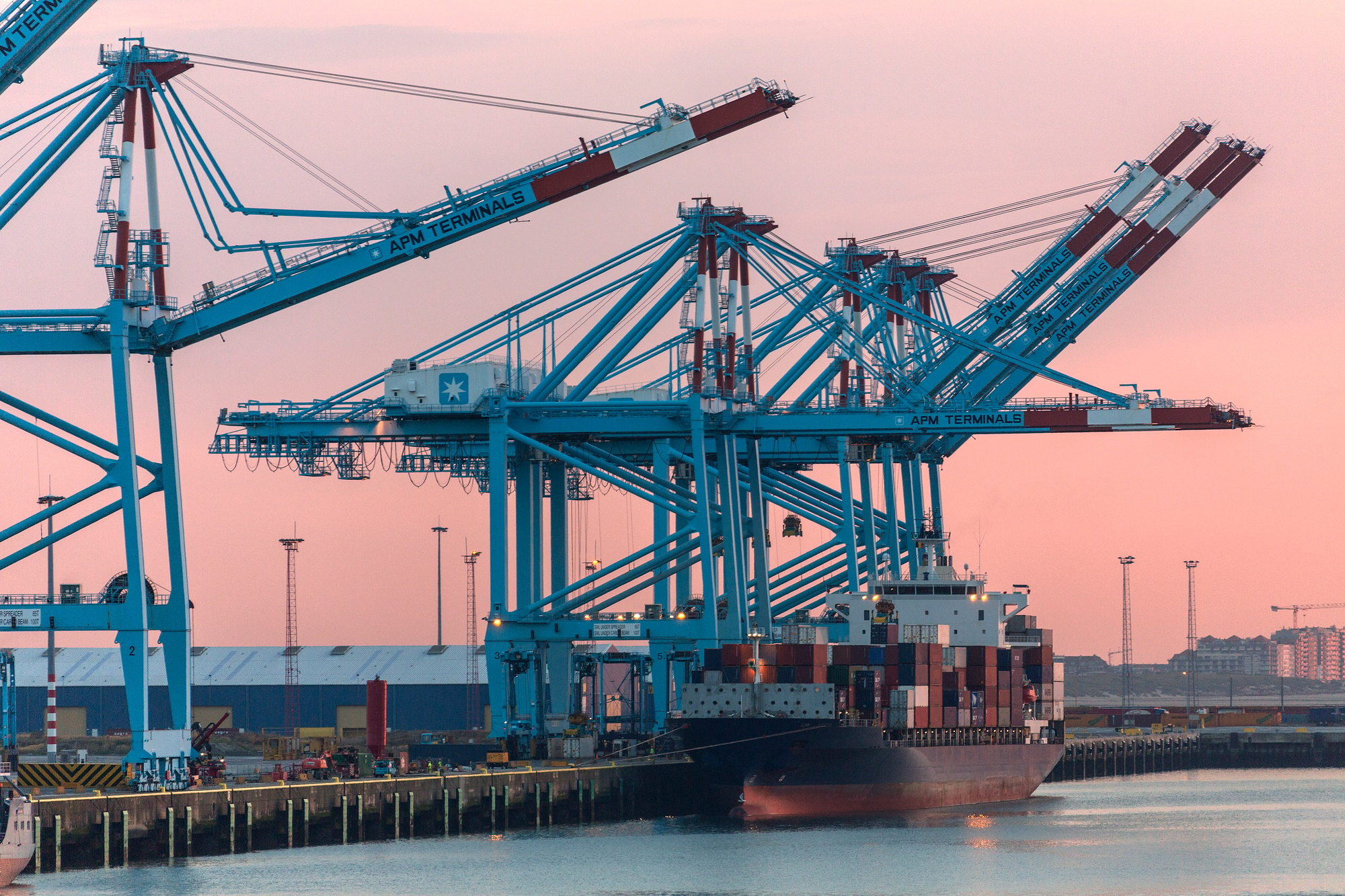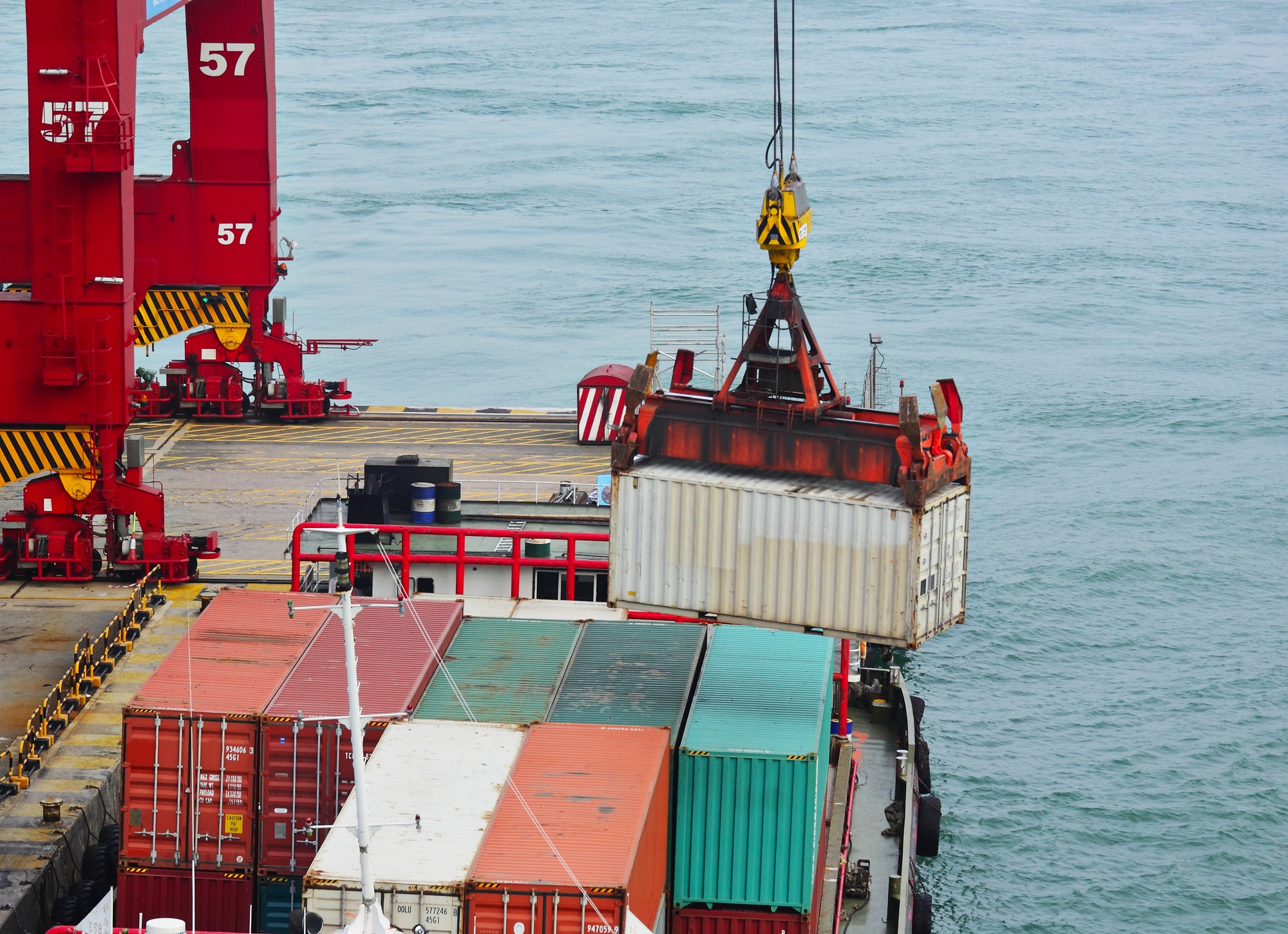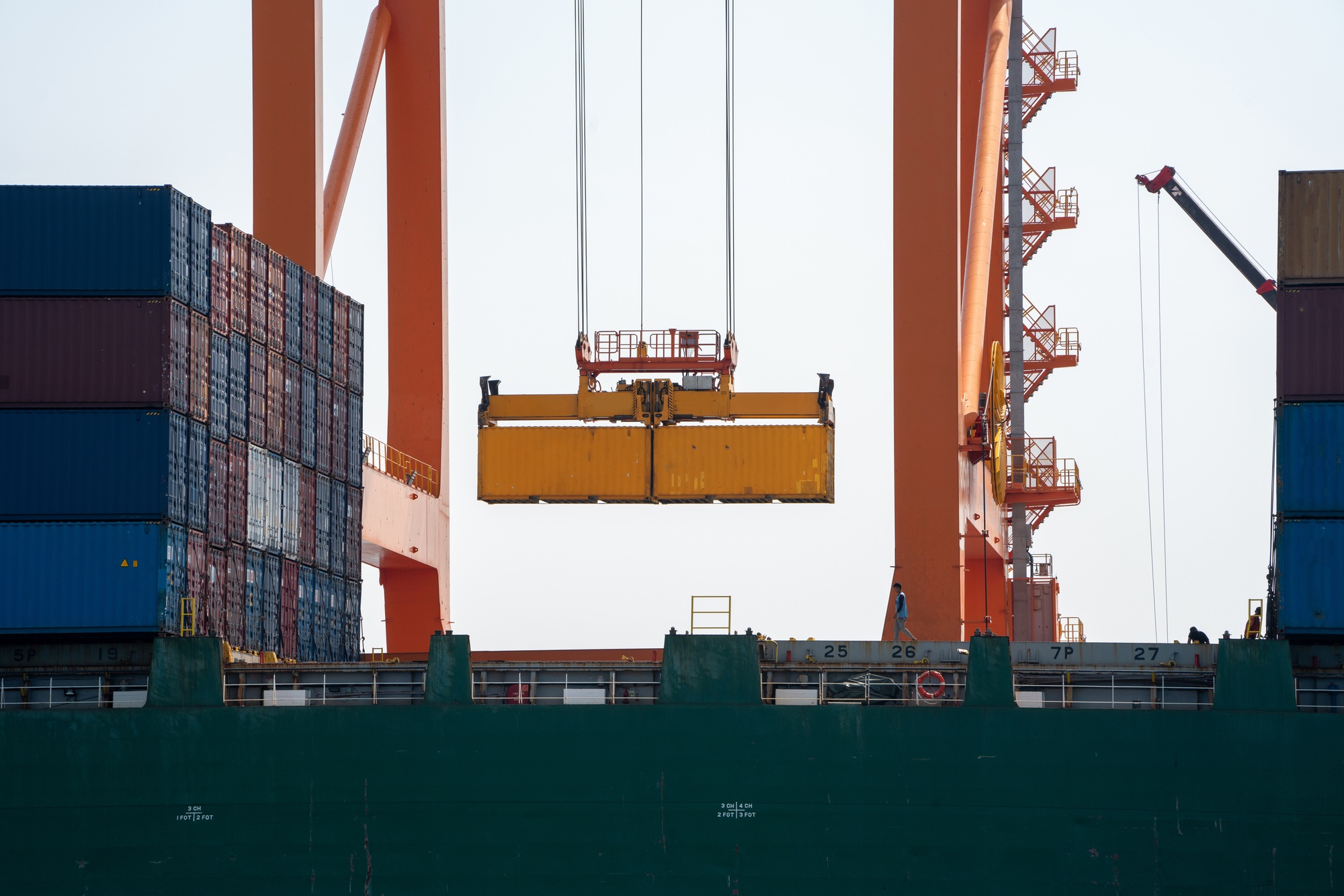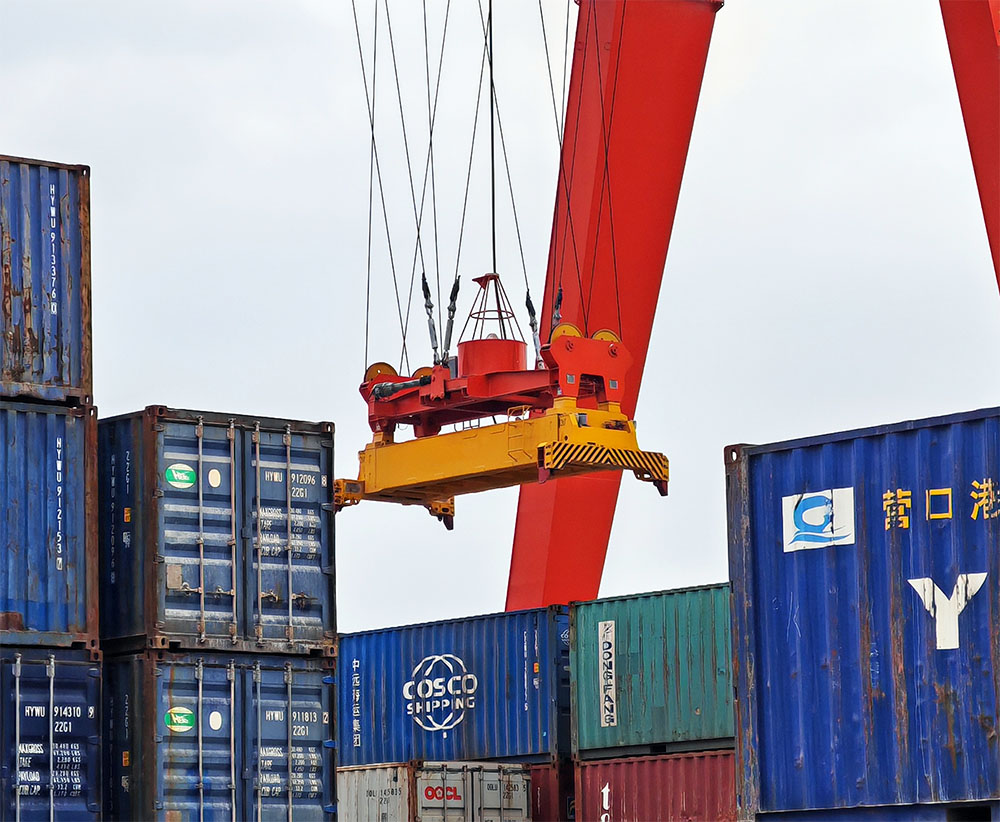Container spreaders are indispensable in global logistics, ensuring efficient cargo handling in ports, warehouses, and construction sites. As we navigate 2025, understanding the container spreader price landscape is critical for businesses balancing budgets and operational efficiency. This guide explores current pricing trends, hidden costs, and innovative strategies to maximize value in a rapidly evolving market.
Factors Influencing 2025 Container Spreader Prices
1. Size and Specifications
The size of the spreader directly impacts cost. A 20ft container spreader price ranges from 16,000 in 2025, while 40ft models cost 35,000. Customization like automated twist locks or IoT sensors add 15–25% to the base container spreader cost.
2. New vs. Refurbished Equipment
New spreaders guarantee compliance with 2025 safety and emissions standards but come at a premium. Refurbished units reduce container spreader price by 30–50%, though buyers must verify certifications from vendors like TEC Container Solutions.

3. Technological Advancements
Automation and sustainability drive 2025 pricing. Electric and hybrid models, now 40% of sales, cost 10–15% more than diesel counterparts but qualify for tax credits (e.g., IRS Clean Energy Credits).
4. Regulatory Changes
New EPA emissions rules (effective January 2025) penalize non-compliant diesel spreaders, pushing demand for eco-friendly alternatives.
How to Choose Sustainable Cargo Handling Equipment in 2025
Container Spreader vs. Spreader Beam: Cost Comparison
While spreader beam price averages 3,000-8,000 (20–40% lower than container spreaders), their manual operation increases labor expenses. Automated spreaders, despite higher container spreader cost, reduce long-term operational downtime by 30%, per 2025 Global Port Efficiency Report.
20ft Container Spreader Price Breakdown
Manual vs. Automated Models
- Manual 20ft spreaders: 6,000-9,000 (ideal for low-frequency use).
- Semi-automated: 10,000-14,000 (features remote control).
- Fully automated: $16,000+ (IoT-enabled for predictive maintenance).
Brand-Specific Pricing
- RAM Spreader: Premium models start at $18,000.
- BROMMA Spreader: Premium models start at $20,000.
- Sfporteq Spreader: Premium models start at $19,000.
- OLATSpreaders: budget brands: 5,999 for 40 feet container spreader.

Hidden Costs of Container Spreaders
Installation and Training
Installation fees add 1,500-3,500 to the container spreader price. Training programs cost 200-500/day but minimize operational errors.
Maintenance and Repairs
Annual maintenance averages 800-,500. Predictive AI tools (e.g., Kalmar’s SmartCare) cut repair costs by 25% by anticipating failures.
2025 Cost-Saving Strategies
Leasing Options
Short-term leases cost 250-600/day, ideal for seasonal demand.
Government Incentives
EU and U.S. tax rebates cover 20–30% of electric spreader costs.

Future Trends Impacting Container Spreader Prices
Sustainability Initiatives
Hydrogen-powered spreaders (in trials at Rotterdam Port) could reshape container spreader cost by 2030.
AI and Automation
AI-driven models optimize load distribution, reducing wear and tear by 40%.
Conclusion
Navigating 2025’s container spreader price market requires balancing upfront investment with long-term gains in efficiency and sustainability. Whether prioritizing a 20ft or 40ft container spreader price or cutting-edge automation, strategic planning is key.
Contact us now and we will make you an expert in selection.

